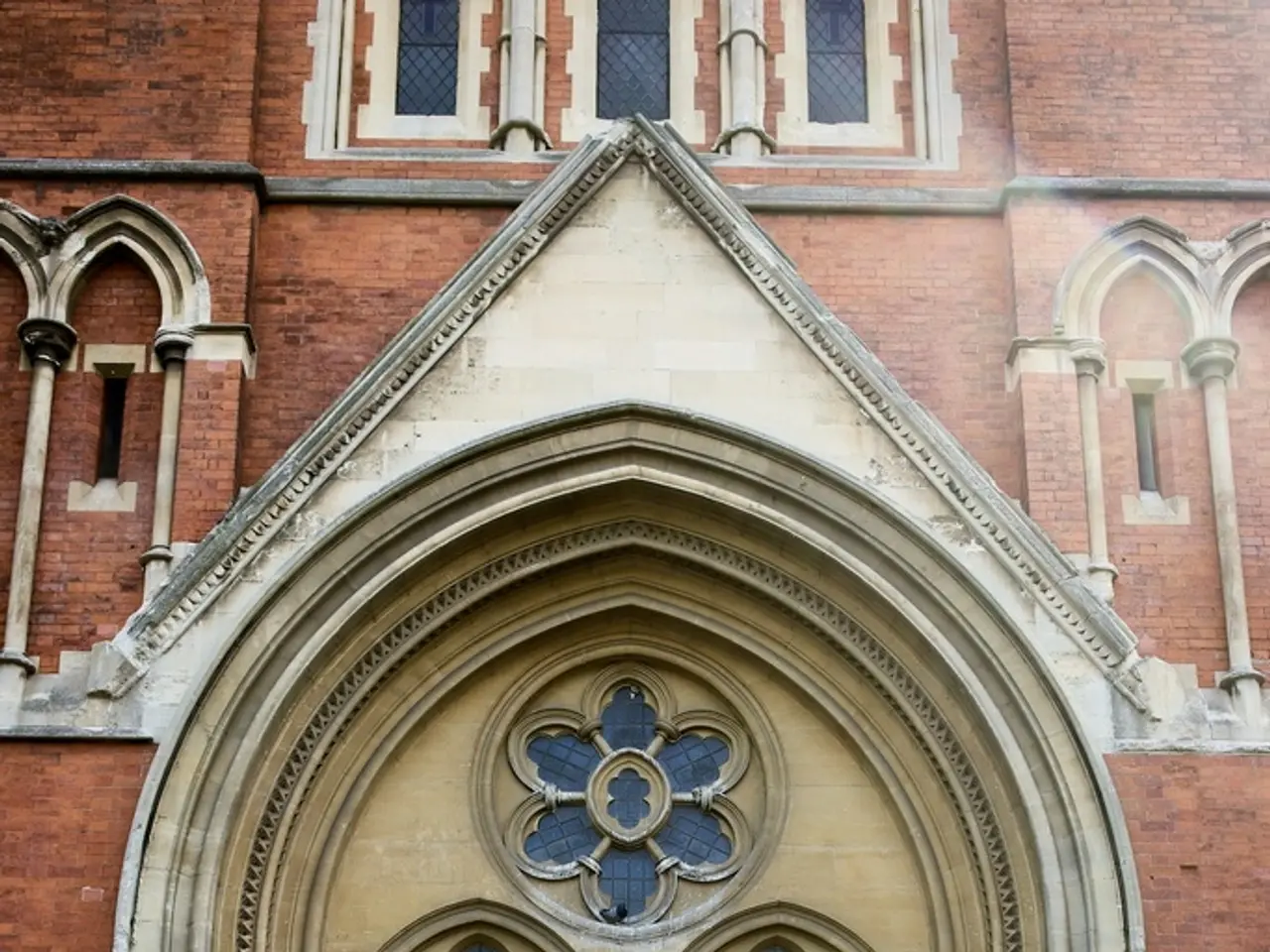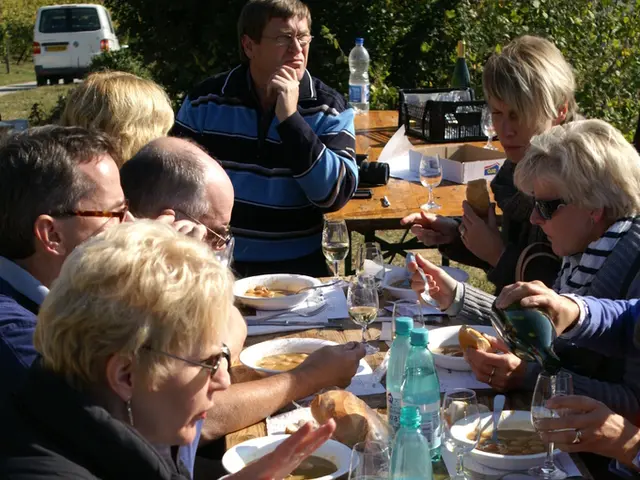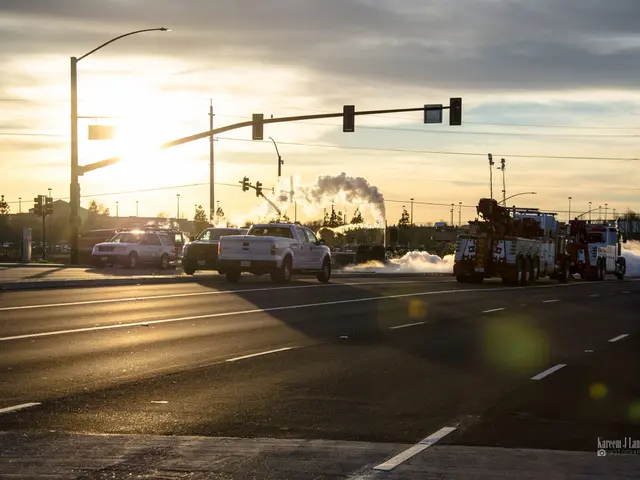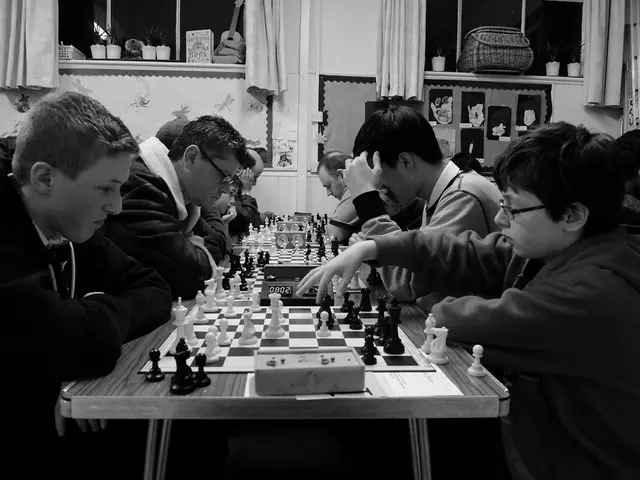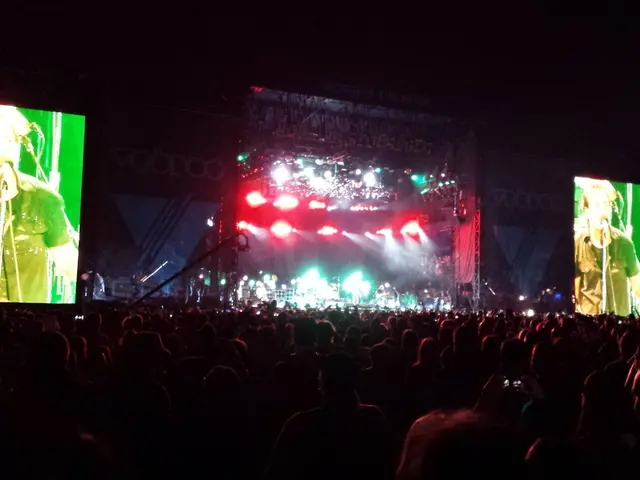Exploring religious practices and worship during the Middle Ages: an overview of the medieval church's role and influence
In medieval England, attending church was a significant aspect of daily life. The Church held a whole belief system, explaining history, science, ethics, and more.
The primary source of income for the clergy was through tithes, a tenth of agricultural production and newborn animals, collected mostly from peasants. Noble families and rulers also endowed churches and monasteries with land and privileges as status symbols and for spiritual benefits. Donations and endowments from high and low nobility, as well as natural contributions such as goods and labor, also contributed to the financing of medieval churches.
Seating arrangements in churches before 1300 were limited and mostly reserved for the nobility and gentry. By the 14th century, seating became more common and was graded according to social rank. The wealthy sat at the front, with their inferiors further back, and seats were allocated by churchwardens for a fee.
Church attendance was expected from puberty on Sundays and for religious festivals, but exceptions were made for certain professions. People were not expected to follow the text of the service or say responses as they would do today. Instead, the parish clerk performed the role of leading the congregation in responses. There was sometimes a sermon during the service.
The inside of churches could vary greatly in decoration and affordability. Services were conducted in Latin and took place in the chancel at the east end of the church, with a screen separating it from the nave where most of the congregation were placed. At the beginning of the service, all were sprinkled with holy water and heard an English verse reminding them of their baptism.
The Church also played a significant role in socializing in medieval communities, serving as a major place to meet and socialize. At the end of the service, an ordinary loaf was blessed and divided up, and everyone was given a fragment of the bread. Medieval congregations were not given the communion bread and wine at mass.
The Church was responsible for education, morality, and charity in medieval times. It possessed endowments, with individuals giving lands and money to support it, particularly monasteries. Offerings of money formed a smaller part of clergy income, made four times a year and at baptisms, marriages, and funerals.
Attending church on Easter Sunday was absolutely compulsory for all adults. Small children were often taken to church because they could not be safely left at home. During the service, there were announcements, prayers for the pope, the king, the crops, and individuals in need.
The Church in medieval England served as a whole belief system, explaining history, science, ethics, and more. It was a central part of daily life, shaping the social, religious, and cultural landscape of the time.
Read also:
- Peptide YY (PYY): Exploring its Role in Appetite Suppression, Intestinal Health, and Cognitive Links
- Toddler Health: Rotavirus Signs, Origins, and Potential Complications
- Digestive issues and heart discomfort: Root causes and associated health conditions
- House Infernos: Deadly Hazards Surpassing the Flames
